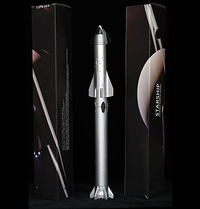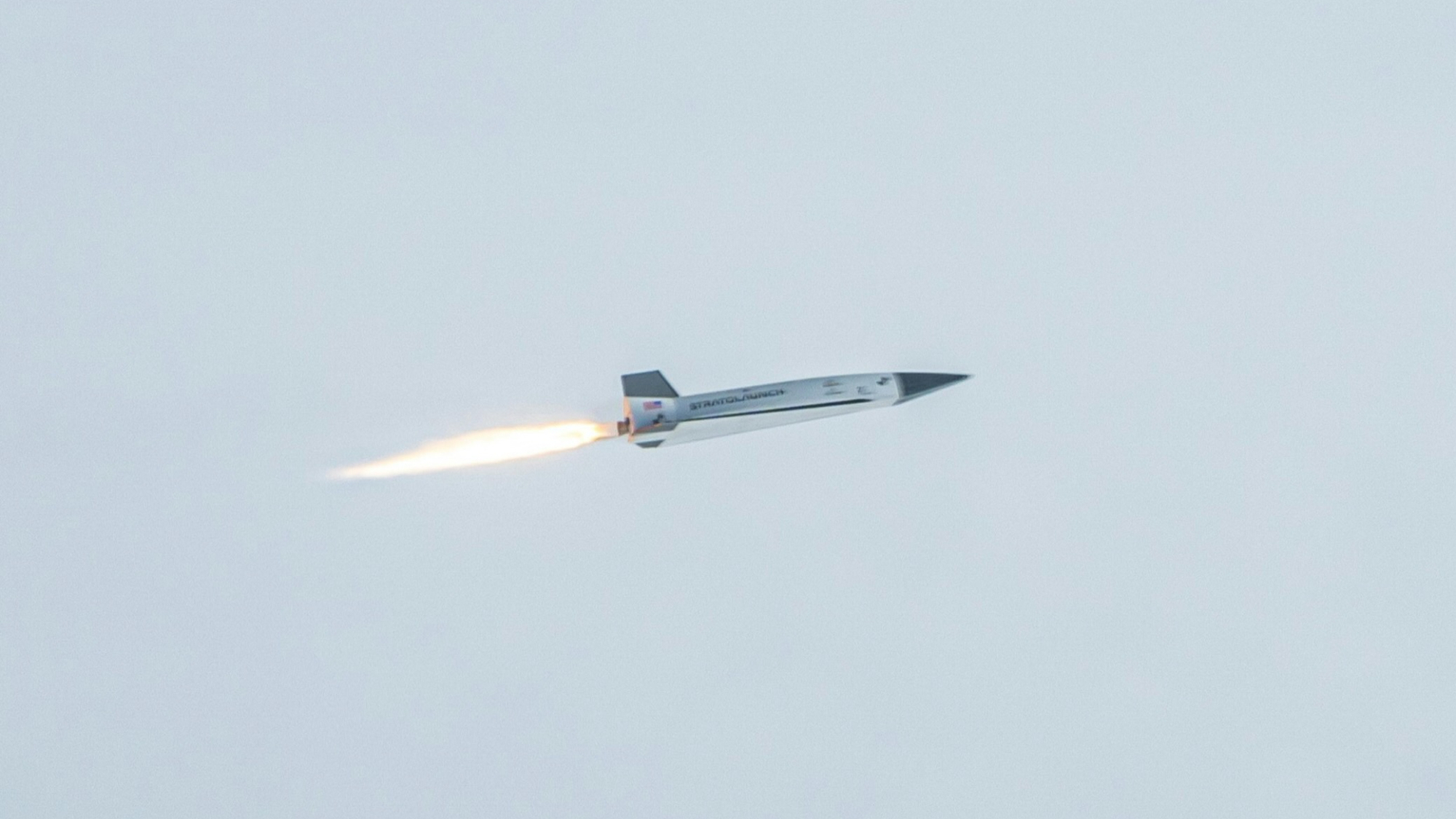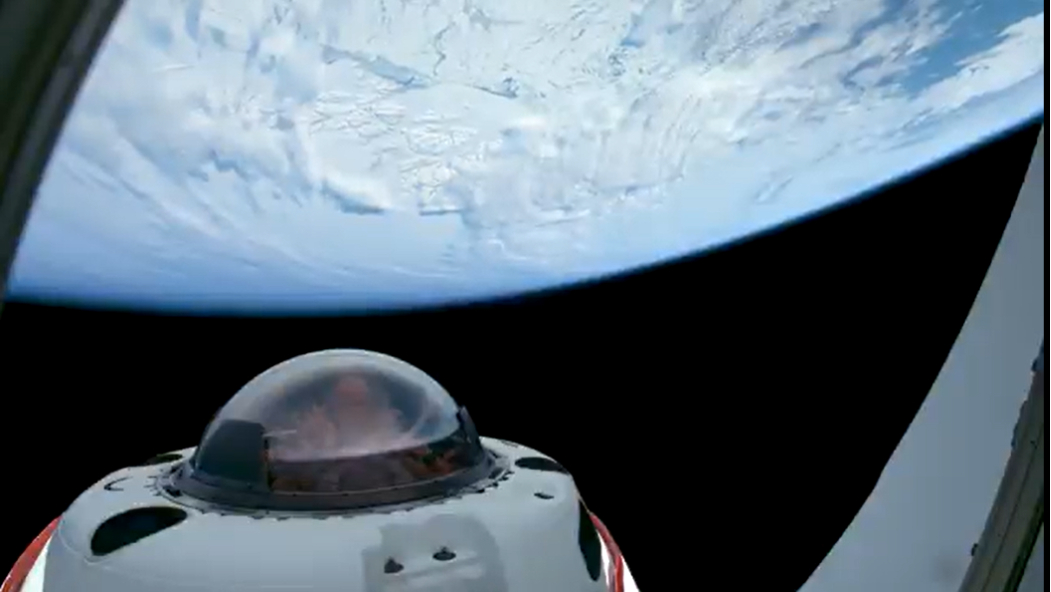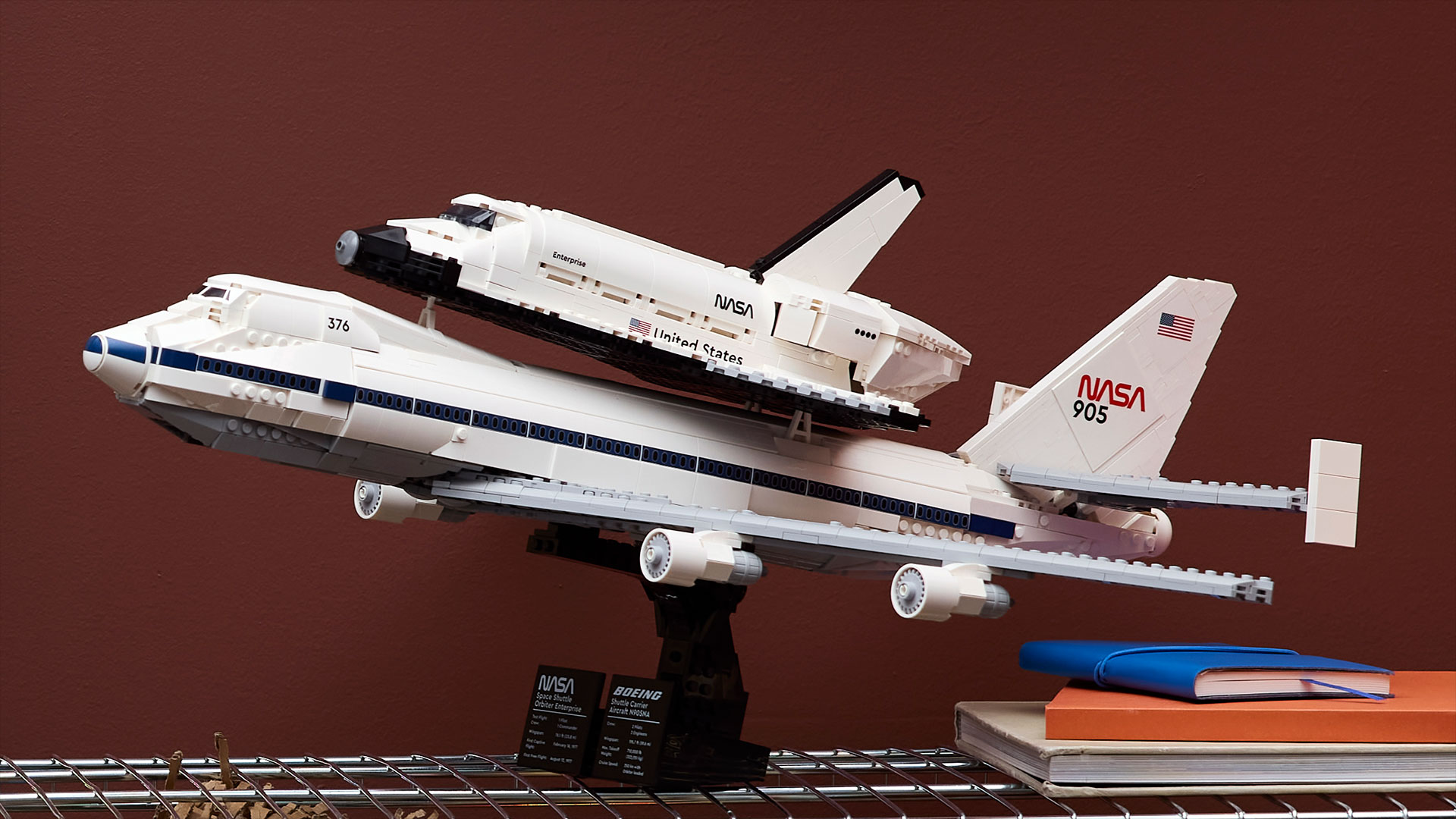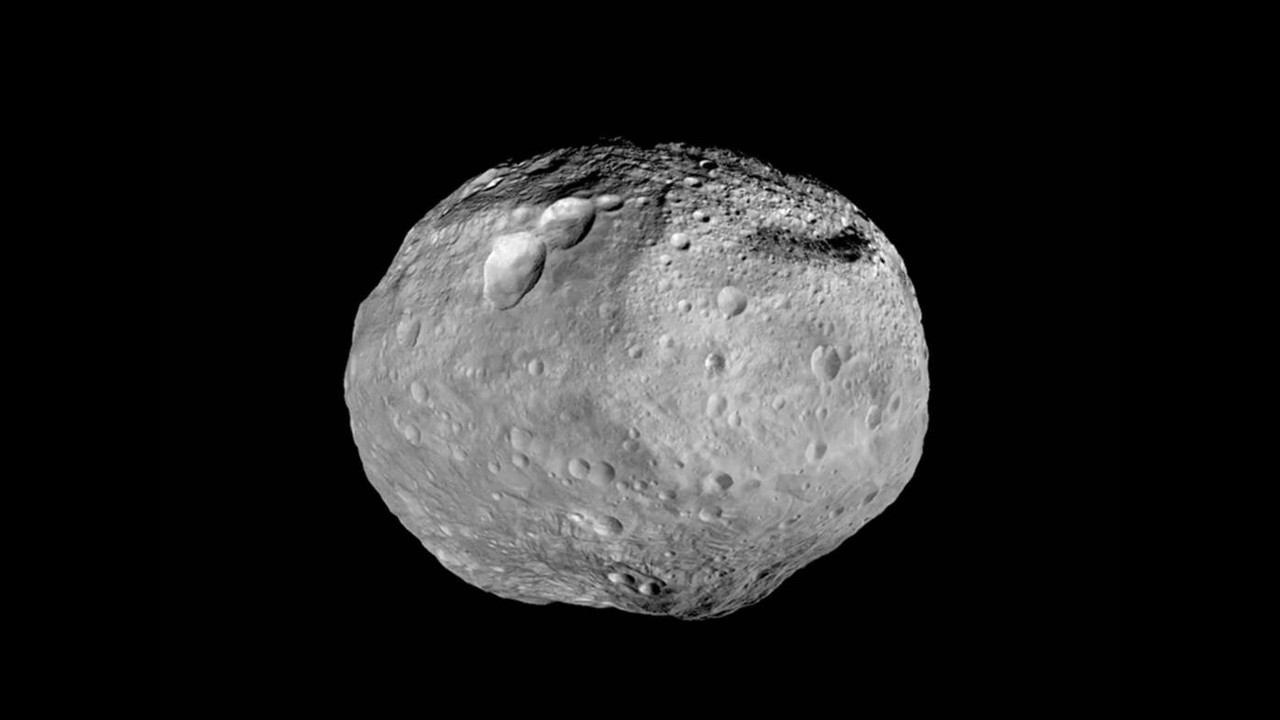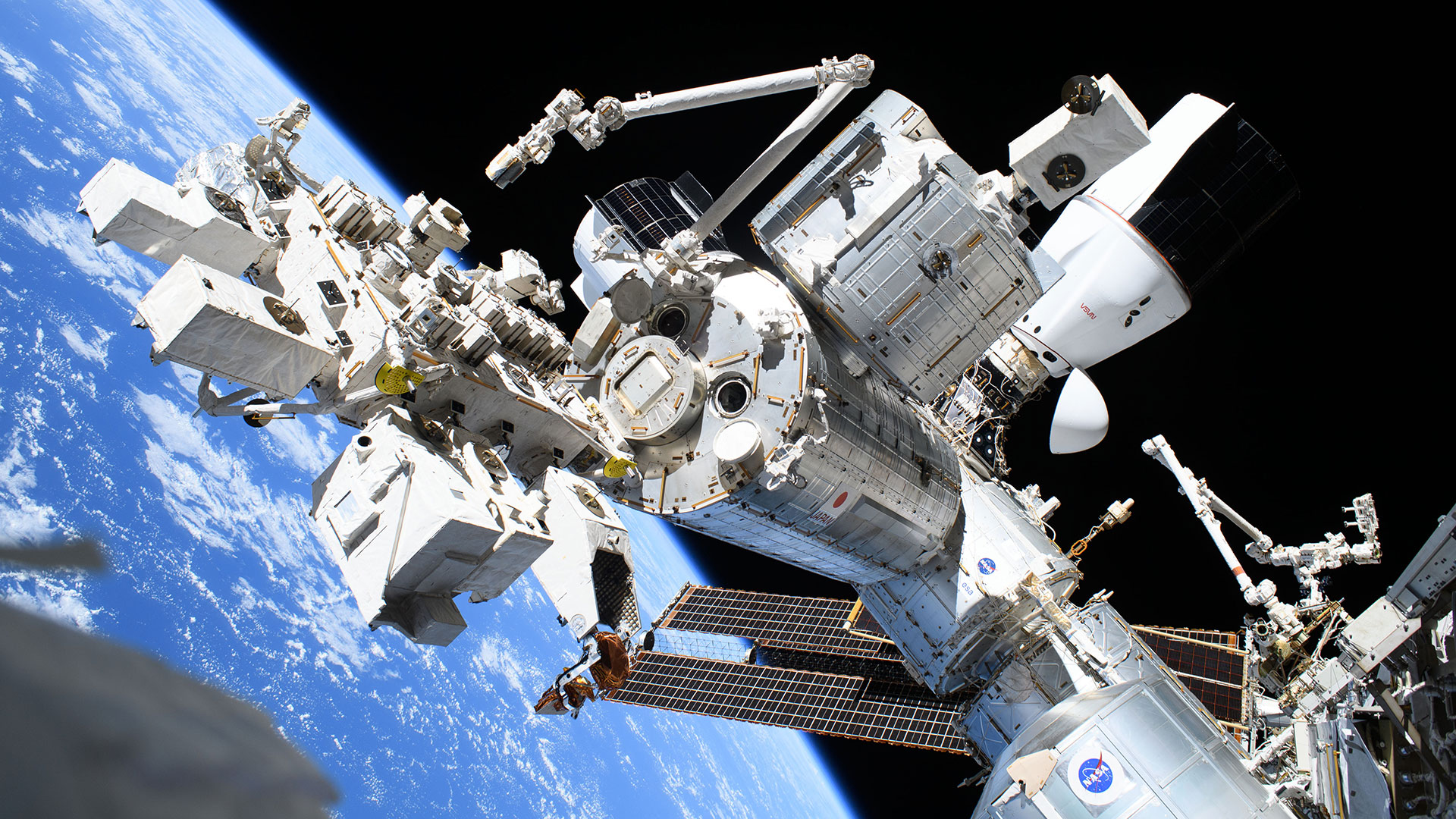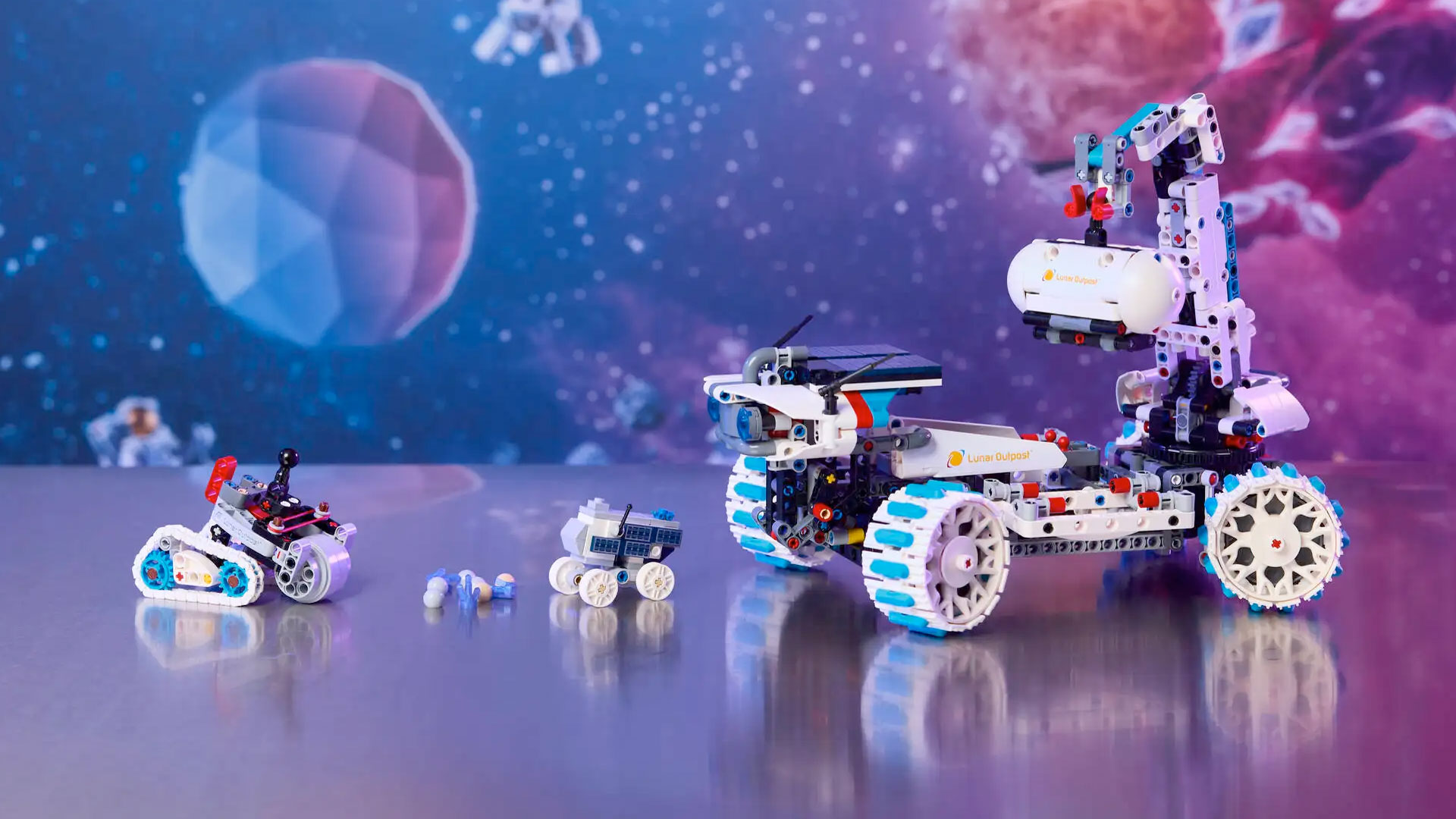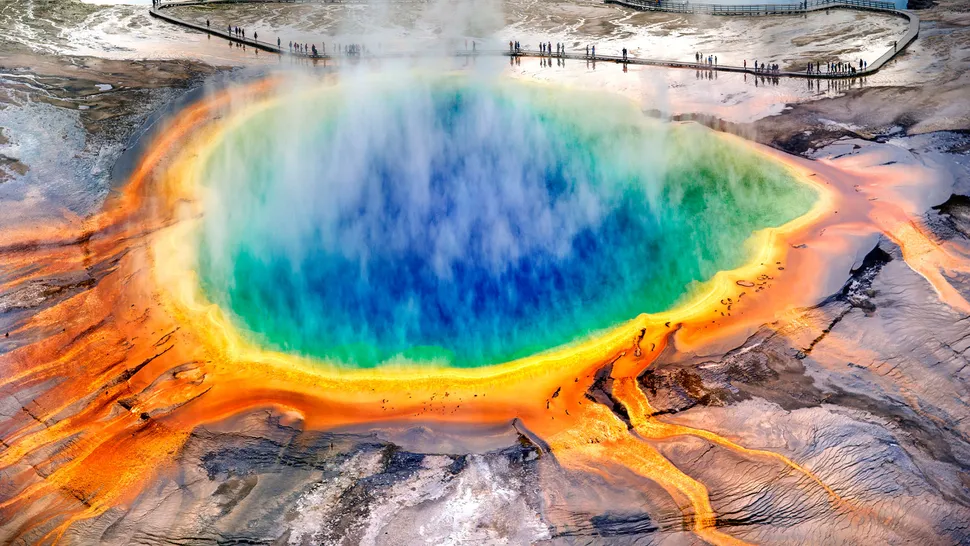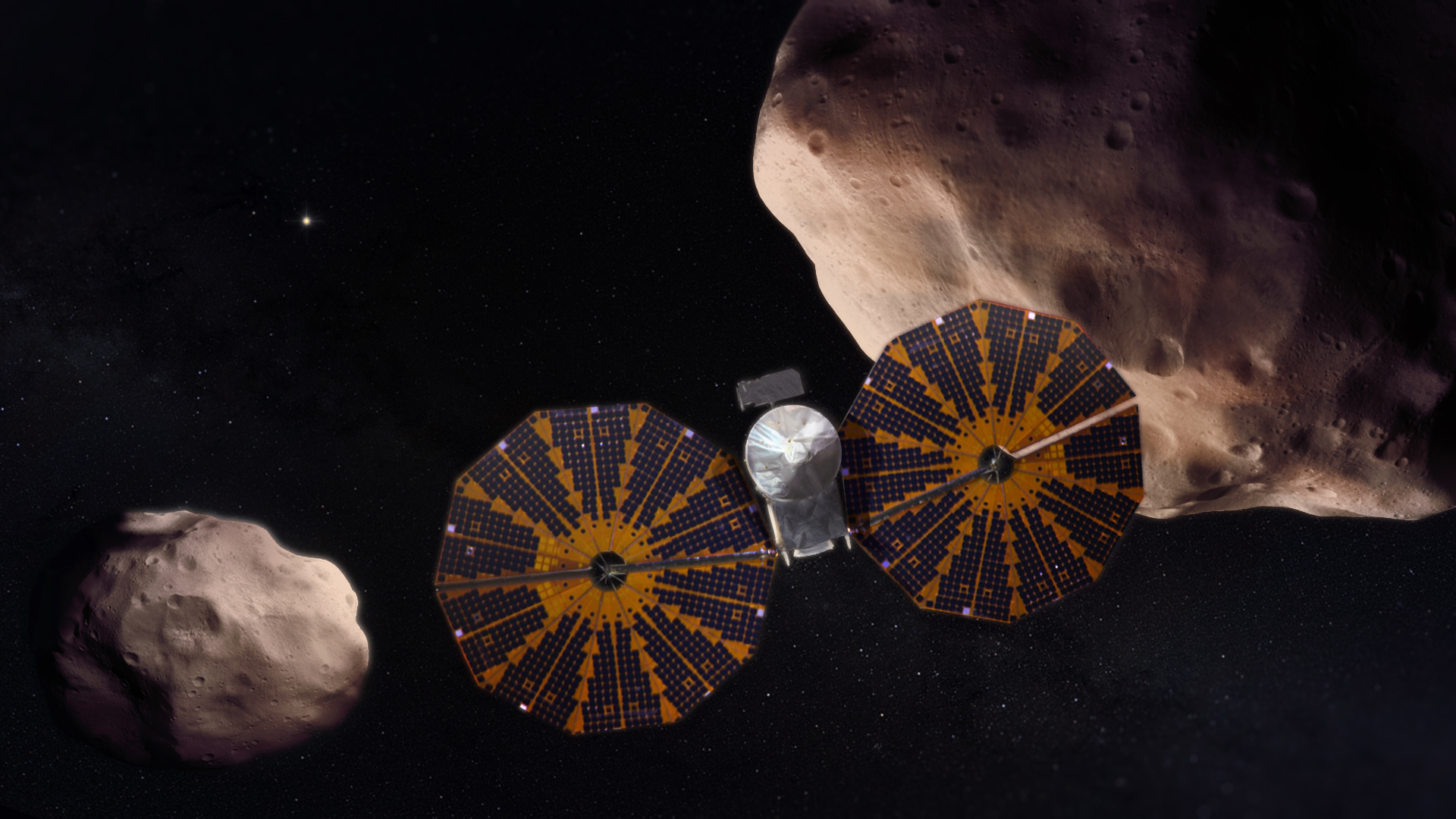SpaceX's epic Starship Super Heavy rocket catch looked just like the company imagined (side-by-side video)
Rendering no longer needed.
A new video released ahead of SpaceX's next Starship launch shows just how perfectly the rocket booster nailed its first landing.
SpaceX launched its 400-foot-tall (122 meters) Starship vehicle for the fifth time Oct. 13, sending the megarocket on its most successful test flight so far. Unlike previous Starship launches, the vehicle's fifth integrated test flight (IFT-5) of its Super Heavy first stage and Starship upper stage attempted to return the first stage booster to the launchpad and catch the rocket with a pair of "chopstick" arms on the pad's tower.
The historic catch marked the first time ever a rocket stage has been caught in mid-air, and symbolized a major advancement towards SpaceX's goal for Starship's full reusability. Starship's next launch (Starship Flight 6 or IFT-6) is expected no earlier than tomorrow, Nov. 19, and will follow a similar flight profile as IFT-5, with another Super Heavy return and catch at the launch tower. Ahead of tomorrow's launch, SpaceX shared footage of Super Heavy's first landing side-by-side with the company's animation of what they expected the first landing might look like, and the two are nearly identical, shot for shot.
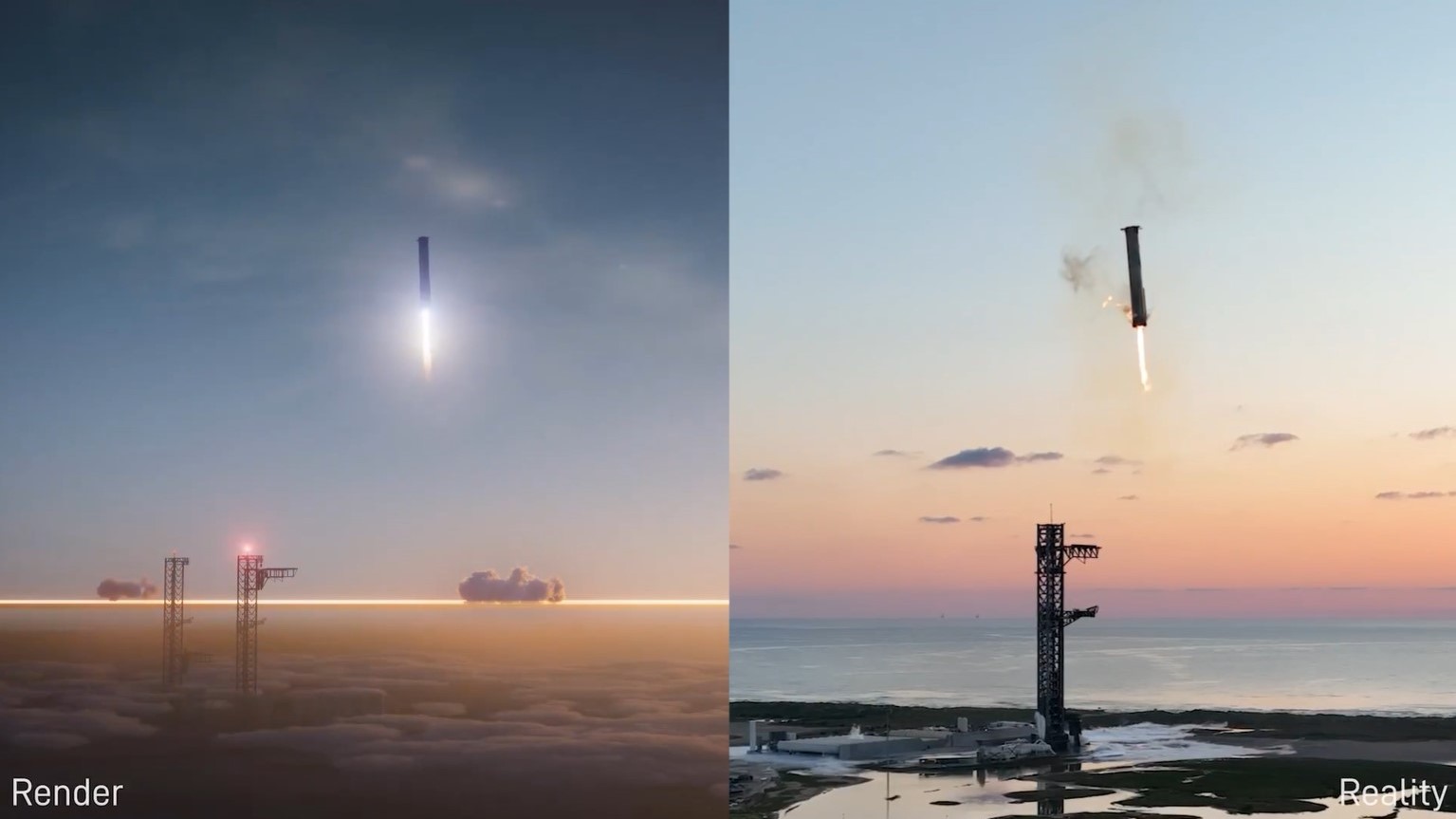
Starship Die Cast Rocket Model Now $47.99 on Amazon.
If you can't see SpaceX's Starship in person, you can score a model of your own. Standing at 13.77 inches (35 cm), this is a 1:375 ratio of SpaceX's Starship as a desktop model. The materials here are alloy steel and it weighs just 225g.
Most U.S. rocket launches occur off Florida's Space Coast, from launchpads either at NASA's Kennedy Space Center (KSC) or Cape Canaveral Space Force Base. For now, though, Starship launches from SpaceX's Starbase test facility, in southern Texas. The location offers a near-equatorial launch trajectory while offering a remote enough area not to risk nearby infrastructure should a test launch experience any off-nominal events, such as a rapid unscheduled deconstruction, or "RUD," as SpaceX CEO Elon Musk likes to call them — a few of which Starship has experienced during its development.
Related: What to expect during SpaceX's 6th Starship test flight on Nov. 19
SpaceX's SN10 Starship, which launched on a 6-mile (10-kilometer) high "hop test" in 2021, successfully touched down back at Starbase, only to explode about eight minutes later. Starship's first integrated test flight (IFT-1) ended with the entire vehicle's self destruction as it tumbled high in Earth's atmosphere. And while SpaceX has implemented new improvements into Starship as its development has progressed, successfully catching the Super Heavy booster on the first attempt was not guaranteed. In fact, the booster was just one second away from aborting its tower approach completely.
Making a rapidly reusable future a reality pic.twitter.com/CM3cb24bw9November 17, 2024
The new video, shared to SpaceX's account on X, shows side-by-side footage of Super Heavy's landing approach as it returns to the Starbase launch tower synchronized with a pre-flight animation of the same attempt.
Get the Space.com Newsletter
Breaking space news, the latest updates on rocket launches, skywatching events and more!
Far from a RUD, the real-life Super Heavy booster catch performed nearly shot-for-shot the same as SpaceX's animation. The dramatic pairing emphasizes the literal and metaphorical leaps the launch vehicle has taken over the past few years as it approaches operational qualification, which can't come too soon for both SpaceX and NASA.
The U.S. space agency awarded SpaceX the first Human Landing Services (HLS) contract to use Starship as the lunar lander for NASA's Artemis 3 mission. The Artemis Program aims to return astronauts to the surface of the moon for the first time since the Apollo era, and NASA is counting on Starship to transport its astronauts safely down for lunar landing. NASA has pushed its initial launch dates back for Artemis 2 and Artemis 3 due to a number of delays, and has cited Starship's developmental timeline as pressing concern for program readiness.
Building off the success of IFT-5, tomorrow's launch (Nov. 19) will follow a similar flight profile, with the addition of an in-space reignition of Starship's Raptor engines.
The livestream for IFT-6 is expected begin about 30 minutes before the start of the 5 p.m. EST (2200 GMT) launch window. SpaceX's official stream is hosted on the company's X account, and will be simulcast on Space.com's YouTube channel, VideoFromSpace, as well as at the top of the Space.com homepage.
Join our Space Forums to keep talking space on the latest missions, night sky and more! And if you have a news tip, correction or comment, let us know at: community@space.com.

Josh Dinner is the Staff Writer for Spaceflight at Space.com. He is a writer and photographer with a passion for science and space exploration, and has been working the space beat since 2016. Josh has covered the evolution of NASA's commercial spaceflight partnerships and crewed missions from the Space Coast, as well as NASA science missions and more. He also enjoys building 1:144-scale model rockets and human-flown spacecraft. Find some of Josh's launch photography on Instagram and his website, and follow him on X, where he mostly posts in haiku.
-
Classical Motion Most excellent. Very envious of the programming. Envious of the whole project.Reply
110% A clean 4.0.
